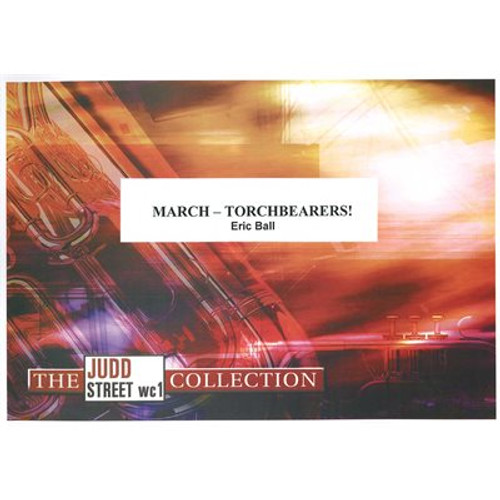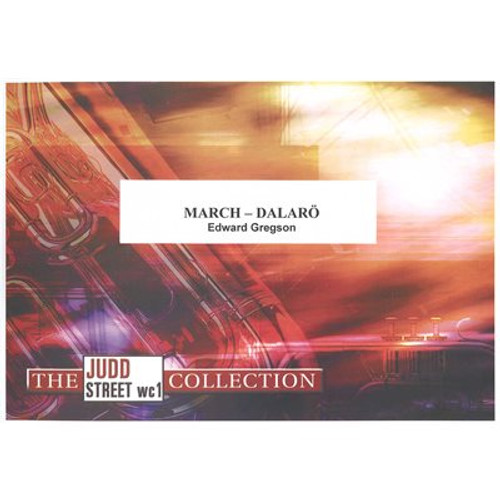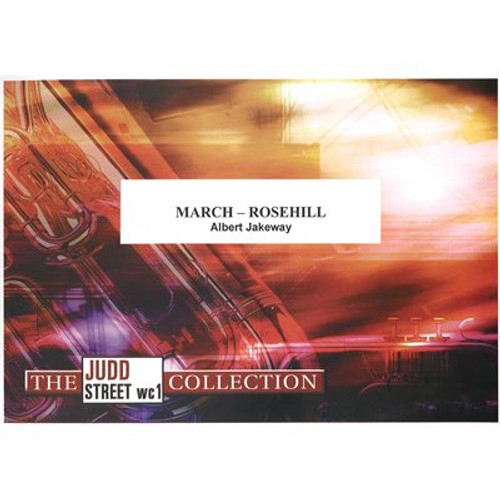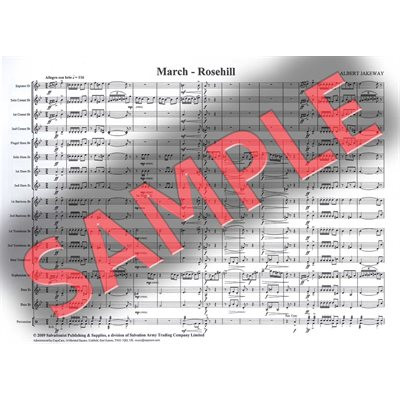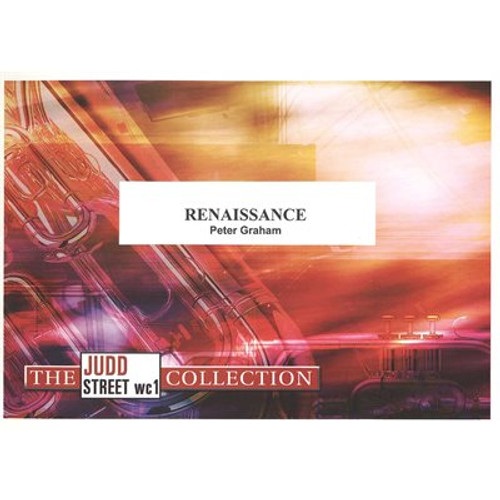Product Description
Comments by Steven Ponsford
This music commences in a dark and mysterious mood. Section A sees the Euphoniums and Baritones provide the first references to the hymn tune Rockingham (T.B. 36). The crescendo into section B should be dramatic and the whole ensemble needs to be comfortable with the new tempo and changing meters throughout. Ensure there is clear definition in the music's first 'cross-rhythms' in the 3/8 bars. As is the case throughout the piece, and as the title suggests, the Percussion section is called on heavily to provide the pulse and to drive the music forward. If possible, it may be worth positioning the Tom-toms toward the front of the band in order to ensure their prominence in the overall picture.
At section D, following a drum break, a semiquaver motif is introduced. The accompanying 'hits' need to be rhythmically solid in order for these semiquavers to sir comfortably. The Horns present the verse of Bramwell Coles' Here at the cross (T.B. 15) at section E. The melody is broken up by various other rhythmic patterns and is accompanied by some unorthodox harmonies, which is intended to give a slight edge to the music. Following a return of the semiquaver motif, a passionate version of the chorus is heard, again from the Horns. A good balance is required in the 1st Cornet, 2nd Cornet and Euphonium quavers, and in the split Solo Cornet semiquavers to provide a good, consistent accompaniment.
Section J is very much a transition section as various rhythmic ideas battle for prominence around the band, eventually settling into triple time at K. Throughout section L the music gradually builds to a joyful climax at section M, where Stainer's triumphant hymn tune Cross of Jesus (T.B. 321) is heard from the middle of the band against a strong and playful Celtic rhythm. Although a far more traditional, hymnal setting of this tune is used at section N, it is still to be majestic, and at the marked tempo it should not feel labored or drag.
The rall. doesn't appear until two bars before section O where the next climax is reached. Emerging from the thick chords at section O comes the opening phrase to the hymn tune Horsley (T.B. 78), to which the words 'There is a green hill far away' (S.A.S.B. 203) are associated. Further 'cross-rhythms' are featured in the closing bars where the Timpani triplet crotchets contrast with the final declaration in the Tubular Bells ᄀᆰ 'Christ the Lord is risen today' (S.A.S.B. 718). In the absence of tubular bells this statement could be played in octaves on the Glockenspiel.
The Easter story will always create contrasting emotions, and in this piece it is intended that both player and listener will be taken on a musical journey of emotions, from the passion and drama of the crucifixion to the joy and triumph of the resurrection.
Program note
'Cross-rhythms' was commissioned for the 2016 Bolsover International Bass Band Summer School, and tries to portray the contrasting emotions of the Easter story. The music features three Easter-based hymns against various contrasting rhythms. References to the tune 'Rockingham' are heard, to which the words of Isaac Watts are associated 'When I survey the wondrous cross', along with Bramwell Coles' much-loved 'Here at the cross' and John Stainer's triumphant 'Cross of Jesus'. (view series guide)
Produced by The Salvation Army, SP&S, UK




